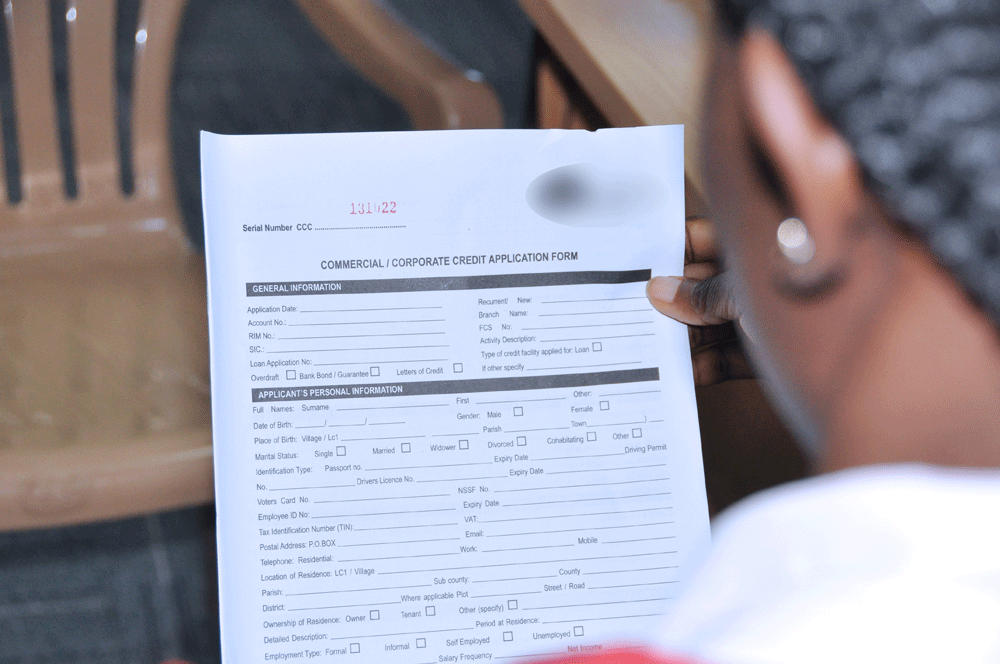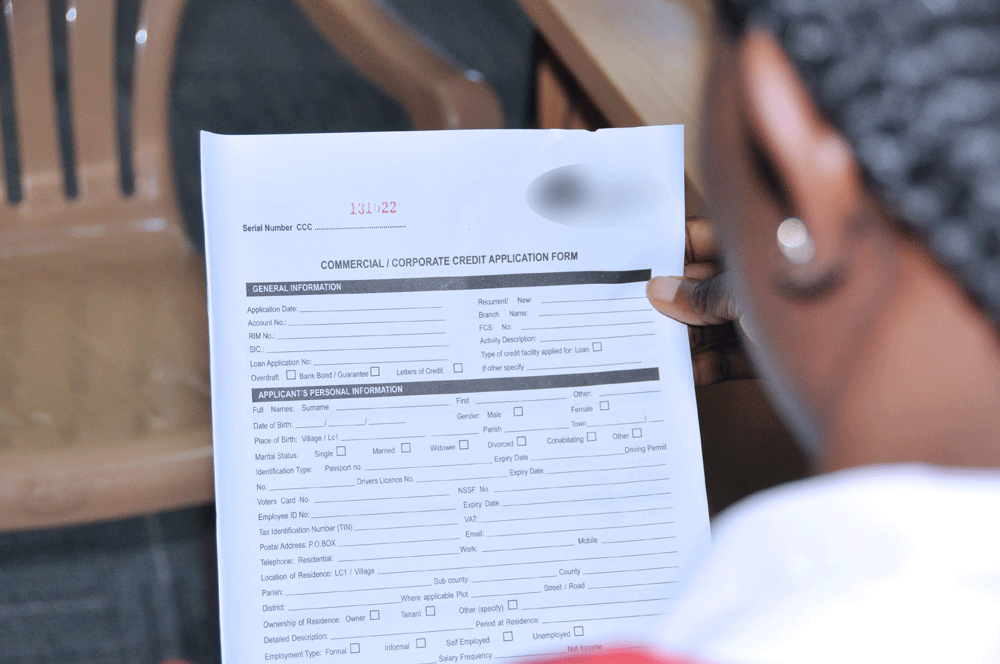Prime
Banks prefer land as security

Accessing credit remains a challenge to several businesses due to lack of or low-value collaterals. Photo / File
What you need to know:
- Uganda Bankers Association says land is a preferred collateral option because it is marketable and appreciates compared to other options such as machinery and buildings
Majority of business loan applicants stake land as collateral to access credit, according to the Bank of Uganda Credit Demand Survey Report for the 12 months to June.
The report, which surveyed 90 business entities out of the targeted 109 within and around the Kampala Metropolitan Area, representing a response rate of 82.6 percent, indicates that in the four quarters between June 2023 and June 2024, land dominated collateral options for most loan applications.
During the period, land formed 43.8 percent of collateral options in three of the four quarters, but reduced to 36.4 percent in the three months to April 2024, which represented an annual average of 42 percent.
“In terms of collateral requirements, 43.8 percent of respondents [in the three months to June 2024] used land to secure the loan,” the report reads in part, noting that other collateral options included buildings and accounts receivables, among others.
The choice of land by financial institutions and borrowers as the most used collateral option relates to its importance as a valuable immovable asset, whose potential to appreciate, makes it important in the credit value chain.
Mr Wilbrod Owor, the Uganda Bankers Association executive director, yesterday said that whereas land is most precious and dear to a borrower (as such the understanding is that they would do their best to pay back and not lose it), it attracts good value which keeps appreciating.
“It is marketable ... if you have to sell. It is not movable, so you [borrower] can’t run away with it. A building sits on land [while] other things like machinery depreciate,” he said, noting that there are other risk mitigation frameworks beyond collateral, which include insurance and guarantee schemes, among others. The report further indicates that land is followed by buildings and machinery or equipment, which, during the 12 months, averaged 21.4 percent and 9.7 percent as the collateral option, respectively, while account receivables, which is money due to a client owed for supplied goods or services, averaged at 8.7 percent.
The report also notes that 13.1 percent of loans were not secured by any collateral, while other options of collateral averaged 4.2 percent.
Mr Joseph Lutwama, the Financial Sector Deepening Uganda director of programmes, said yesterday that land is the most preferred collateral option because it is a secure form of security, easily verifiable, and has a higher probability in case a financial institution decides to recover its money in the event of default
Bank of Uganda also indicates that in the 12 months to June 2024, loan approvals averaged 83.3 percent, which was a slight increase from the 72 percent average in the 12 months to June 2023.
The report also indicates that commercial banks are still the major source of credit, accounting for 83.3 percent of loan applications, which is followed by Saccos, microfinance institutions, and others, with each contributing 8.3 percent.
At least 53.8 percent of respondents indicated that they had used the borrowed money to purchase inventory, an increase from 27.3 percent, while other major uses were business expansion (30.8 percent), debt repayments (7.7 percent), and other uses (7.7 percent).
Collateral options for approved credits
Security option | Rate |
Land | 42 percent |
Building | 21.4 percent |
None | 13.1 percent |
Machinery | 9.7 percent |
Account receivables | 8.7 percent |
Personal assets | 1.07 percent |
Others | 4.2 percent |





